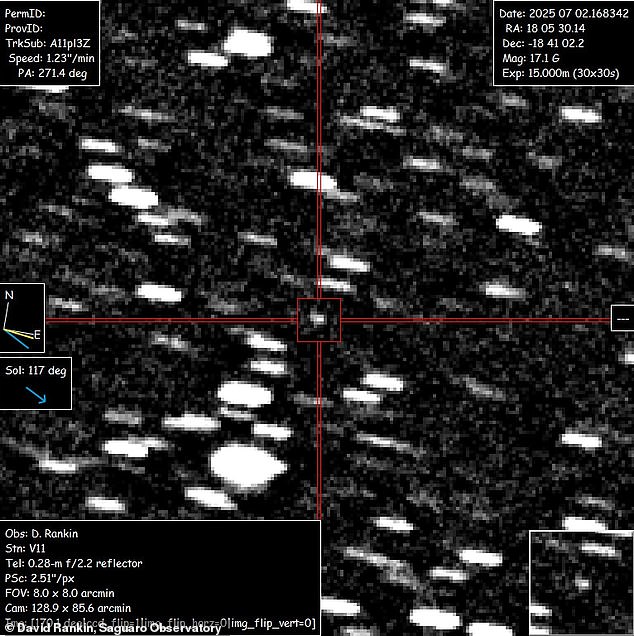
Scientists Solve Mystery of High-Speed Interstellar Object Speeding Through Solar System
Interstellar Visitor 3I/ATLAS May Be an Ancient Comet Older Than the Sun, Says Harvard Physicist
[Image: Illustration of 3I/ATLAS compared to other interstellar objects]
Harvard physicist Avi Loeb and researcher Shokhruz Kakharov have traced the trajectory of the massive interstellar object 3I/ATLAS back to a dense region of the Milky Way’s disk, home to older stars. The 12-mile-wide object, speeding at 150,000 mph, is believed to predate our 4.6 billion-year-old sun. “3I/ATLAS is among the elders in our cosmic block,” Loeb stated.
A Comet in the Making?
Recent observations suggest 3I/ATLAS exhibits comet-like features, including a gas-and-dust cloud and a short tail, similar to the interstellar comet 2I/Borisov observed in 2019. While scientists await its closer approach to Earth in December, the International Astronomical Union notes it matches comet characteristics, though Loeb’s past claims about the anomalous 2017 object ‘Oumuamua (which he suggested could be alien tech) keep debate alive.
[Image: Avi Loeb discussing interstellar objects]
Galactic Origins Revealed
The study, published in Astronomy & Astrophysics, reconstructed the paths of 3I/ATLAS, ‘Oumuamua, and Borisov. All three originated thousands of light-years closer to the Milky Way’s center than our solar system. The galaxy’s structure—a thin disk of younger stars and a thicker disk of older ones—provided clues. By tracking 3I/ATLAS’s vertical movement through the galaxy, researchers determined it spent 800 million years traveling from the thick disk, likely formed in a star-rich area 4.6 billion years ago.
In contrast, ‘Oumuamua’s path suggests a younger origin in the thin disk, taking roughly one billion years to reach us. Borisov, resembling our sun’s trajectory, is a cosmic “young adult” at 4.6 billion years old.
[Image: Diagram of Milky Way’s structure showing object paths]
The ‘Oumuamua Enigma
While 3I/ATLAS and Borisov align with natural origins, ‘Oumuamua remains controversial. Its unusual acceleration and lack of comet-like activity led Loeb to propose extraterrestrial origins. Most scientists attribute its behavior to hydrogen outgassing, but Loeb argues its pancake-like shape and motion defy easy explanation.
[Image: Artist’s depiction of ‘Oumuamua]
3I/ATLAS’s Upcoming Journey
Astronomers will monitor 3I/ATLAS as it nears Earth, with its closest approach on December 17 (223 million miles away). It will pass Mars in October (37 million miles) and Jupiter by March 2026. Telescopes like Chile’s Rubin Observatory and the James Webb Space Telescope aim to confirm its path and composition, potentially verifying its status as an ancient comet.
At 2.4 astronomical units from Earth, 3I/ATLAS poses no threat but offers a rare glimpse into the building blocks of distant star systems—and perhaps the secrets of our galaxy’s history.
Key Takeaways
- 3I/ATLAS: Ancient comet from Milky Way’s thick disk, older than the sun.
- ‘Oumuamua: Mysterious 2017 object with unexplained traits, sparking alien tech theories.
- 2I/Borisov: Young comet akin to our solar system’s age.
[Image: Timeline of interstellar objects’ solar system visits]
As 3I/ATLAS journeys onward, its study could reshape our understanding of interstellar visitors and the dynamic history of the Milky Way.


